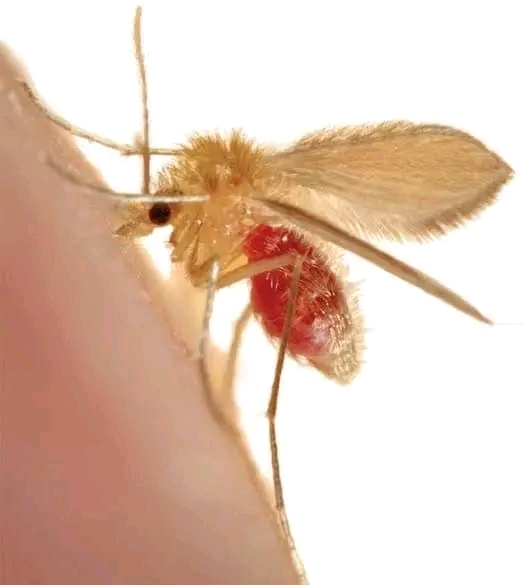
KAL- AZAR ROCKS HARD IN TURKANA.
In recent years, Turkana County in northwestern Kenya has faced a growing public health crisis due to the recurring outbreaks of Kala Azar, also know hen as visceral leishmaniasis. This neglected tropical disease, caused by the Leishmania parasite and transmitted through the bite of infected female phlebotomine sandflies, has taken a heavy toll on the remote and arid region. The outbreak in Turkana was first documented in the 1980s, but in recent years, rising cases have triggered emergency response efforts. According to the Ministry of Health and reports from humanitarian organizations like Médecins Sans Frontières (MSF) and the Kenya Red Cross, thousands of people have been affected, with Turkana East and Turkana South being among the most impacted sub-counties.
The conditions in Turkana make it a hotspot for the disease. The region’s dry riverbeds and acacia thickets provide ideal breeding grounds for sandflies. Compounding the issue is the area’s widespread poverty, poor infrastructure, and limited access to healthcare services, which delay diagnosis and treatment. Most patients travel long distances to reach health centers, and many present with advanced symptoms, including persistent fever, weight loss, and enlargement of the spleen and liver. Without timely treatment, Kala Azar is almost always fatal. In 2023, the Kenya Ministry of Health declared Kala Azar a public health emergency in Turkana following a sharp rise in reported cases—over 1,500 in the first half of the year alone, with a case fatality rate exceeding 6%.
The response to the outbreak has been hindered by chronic shortages of medical supplies, inadequate vector control programs, and a lack of awareness about the disease among the local population. Organizations like MSF have stepped in to support diagnosis and treatment, but recurring droughts, displacement due to conflict, and malnutrition have made the population more vulnerable. Efforts are underway to expand community education, improve surveillance, and integrate Kala Azar control into primary health care systems. However, experts warn that unless sustained investments are made in public health infrastructure and sandfly control measures, Turkana could continue to face endemic outbreaks of this deadly disease.

